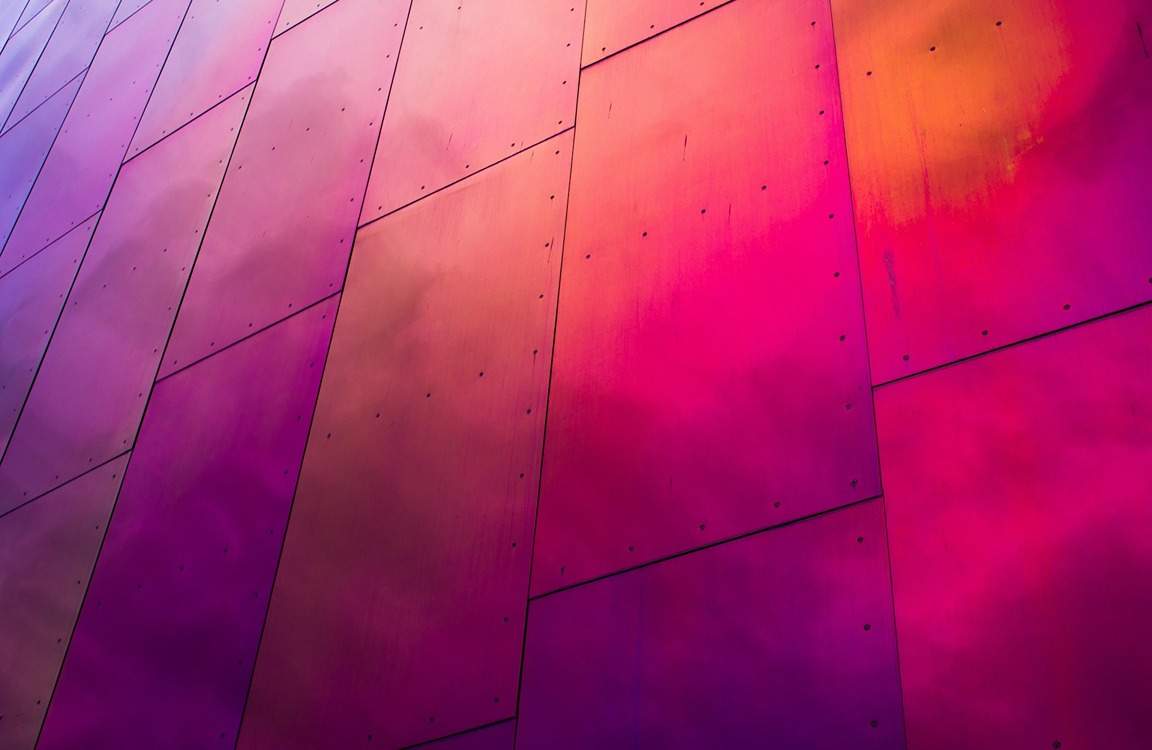Bhutan, a small Himalayan kingdom nestled between India and China, is known for its stunning natural landscapes and fascinating cultural heritage. One of the most striking aspects of Bhutanese culture is its unique architecture, which beautifully reflects the country’s deep-seated cultural values and traditions. Bhutan architecture is not only visually appealing but also serves as a powerful symbol of the country’s rich history and heritage.
Bhutanese architecture is characterized by its intricate woodwork, vibrant colors, and traditional designs. The most iconic architectural structure in Bhutan is perhaps the dzong, which is a fortified monastery that serves as a religious and administrative center. Dzongs are massive structures built on hilltops or at the confluence of rivers, symbolizing the harmony between man and nature. These grand buildings feature intricate carvings, colorful paintings, and traditional Bhutanese motifs, making them a visual delight for visitors.
One of the key cultural values that Bhutanese architecture reflects is the country’s deep-rooted belief in Buddhism. Buddhism plays a central role in Bhutanese society, and this is evident in the design and layout of religious structures. Monasteries and temples are built in sacred locations, often surrounded by lush forests and towering mountains. This spiritual connection with nature is a central theme in Bhutanese architecture, as buildings are designed to blend seamlessly with their natural surroundings.
Another cultural value that Bhutanese architecture embodies is the importance of community and social harmony. Traditional Bhutanese houses are built in clusters, with several families sharing a common courtyard. This communal living arrangement fosters a sense of togetherness and solidarity among residents, reflecting the Bhutanese belief in the importance of harmonious relationships with others. Additionally, the use of locally-sourced materials and traditional building techniques in Bhutanese architecture emphasizes the country’s commitment to sustainability and environmental preservation.
Bhutanese architecture also reflects the country’s emphasis on simplicity and humility. Buildings are designed with clean lines and minimal ornamentation, showcasing the beauty of natural materials such as wood, stone, and clay. This understated aesthetic is a reflection of Bhutanese values of humility and modesty, as well as a rejection of excessive materialism and opulence.
In conclusion, Bhutanese architecture is a testament to the country’s rich cultural heritage and values. From majestic dzongs to traditional houses, Bhutanese buildings reflect the country’s deep-rooted connection to nature, spirituality, community, and simplicity. By preserving and promoting these architectural traditions, Bhutan continues to showcase its unique cultural identity to the world.
——————-
Check out more on Bhutan architecture contact us anytime:
Saidpiece Architects | Bhutan
https://www.saidpiece.com/
17899794
Saidpiece Architects, Dondrup Lam SE, Thimphu 11001, Bhutan
Saidpiece Architects is a multidisciplinary design and build practice based in Bhutan, delivering innovative, sustainable, and mindful architectural solutions. We specialize in architecture, engineering, interiors, urban design, and construction, creating high-quality, durable projects tailored to the unique needs of our clients while respecting local culture and context.

